The Goldfish is a species of domestic fish best known for its bright colors and patterns. Humans have bred into these fish an immense number of mutations and variations over the past thousand years.
As a member of the Cyprinidae family, it is distantly related to various species of carp, including the similar Japanese koi. Read on to learn about the Goldfish.
Description of the Goldfish
People have bred a wide number of different colors, shapes, and sizes in these fish. Even their body shapes vary drastically. Their coloration varies, but includes white, orange, black, red, yellow, brown, and any combination of the above.
Size also varies greatly depending on the fish. Some measure just an inch or two long, others surpass a foot in length. The largest recorded individual grew to a length of 19 in.
Interesting Facts About the Goldfish
You can win one at your local fair, but these creatures are actually quite astounding in a number of ways. Learn more about what makes this species so unique, below.
- Ancestry – Over a thousand years ago, people in ancient China began selectively breeding the Prussian carp for gold coloration. Throughout the course of time, this selection lead to the development of the modern-day Goldfish
- Separate Species – In fact, these fish diverged from their Prussian carp ancestors so long ago the researchers recognize them as a separate species, Carassius auratus. The Prussian carp has a scientific name of Carassius gibelio.
- Not a Koi – While many people believe that koi fish are simply larger versions of Goldfish, this isn’t the case. People bred the koi from an entirely different species of carp, the Amur carp. Researchers recognize the two fish as genetically distinct.
- Colorblind? – Though they seem primitive, the color of these beautiful fish isn’t lost on them! That’s because these little creatures are not colorblind. They can see blue, green, red, and ultraviolet.
Habitat of the Goldfish
The wild ancestors of these fish lived in slow-moving waters. They thrived even in areas with low oxygen and muddy water. This is why these fish adjust easily to living in manmade ponds. They also prefer habitats with aquatic vegetation to eat.
However, most people keep these fish in aquarium tanks. The size of these tanks varies based on the number and size of the fish. The more fish you have, and the larger fish you have, the larger tank you need.
Distribution of the Goldfish
This species doesn’t have a wild distribution, as humans have domesticated them. However, their original ancestors live in freshwater habitats in portions of northern Asia. Humans have also introduced the Prussian carp into other parts of Asia, Europe, and North America.
These domestic fish live in human households virtually anywhere that humans live. People have also introduced populations to natural waterways and these fish have established populations in the wild across the globe.
Diet of the Goldfish
Most people feed these fish a commercially produced fish food pellet or flake. However, they display omnivorous behavior and eat just about anything that is easy to consume. Fish in ponds feed on plants, algae, insects, insect larvae, and small crustaceans.
As a snack, many people also provide bloodworms, peas, brine shrimp, and leafy vegetables. However, it is important not to overfeed these fish, as it can cause digestive blockage.
Goldfish and Human Interaction
Humans interact with these fish quite extensively and in a number of different ways. In fact, the species would not exist without human interaction.
People keep the colorful creatures in aquariums and ponds as pets. In some areas, people also add these fish to standing water to help control mosquito populations, because they eat the mosquito larvae!
Domestication
Over the past thousand-odd years, people have fully domesticated this species. Using artificial selection, breeders chose the largest, brightest-colored, friendliest individuals to reproduce. Over time, these selections resulted in the fish that we know and love today!
Does the Goldfish Make a Good Pet
Yes, these fish do make great pets. However, you should not keep them in standard “fishbowls.” To live a healthy life, you must meet all the minimum care requirements for these fish.
Goldfish Care
Even young individuals need plenty of space. You must clean their water regularly, as they produce large amounts of waste, which can poison them if their tank is not kept clean. Larger tanks with more water provide more growing room, and the concentration of waste is much lower.
When feeding your fish, choose a food prepared especially for this species. Commercially prepared foods provide the correct proportion of carbohydrates and proteins for these fish to thrive. As stated previously, do not overfeed your fish.
Behavior of the Goldfish
Like most carps, these fish forage primarily along the bottom. During the feeding process, they shuffle the sand or gravel in search of edible bits of food. They are also quite social, and prefer living in groups, known as schools. However, in aquariums you can keep them in smaller groups of compatible individuals.
Reproduction of the Goldfish
These fish reproduce via spawning. This means that the females release their eggs, the males release their sperm, and fertilization occurs outside of the body. They cannot breed unless they have enough space and the proper water quality.
After fertilization, the eggs drift onto the bottom or on underwater vegetation and stick there until they hatch. It takes about two or three days for the eggs to hatch. The young fish, known as “fry,” reach sexual maturity at different ages depending on the type of variation/mutation.


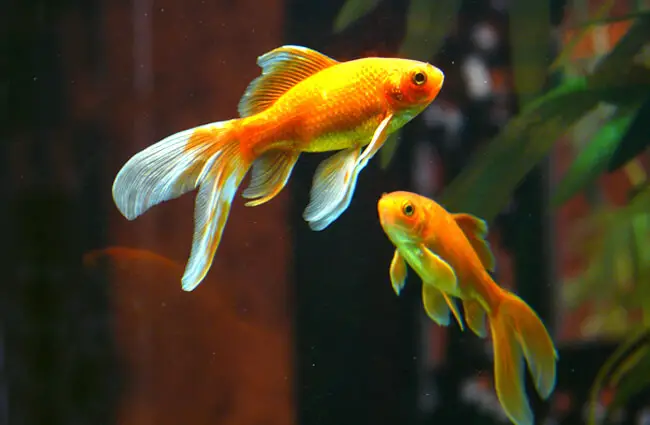
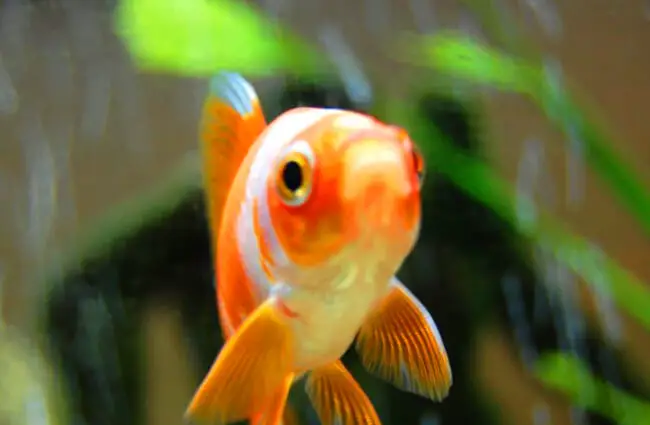
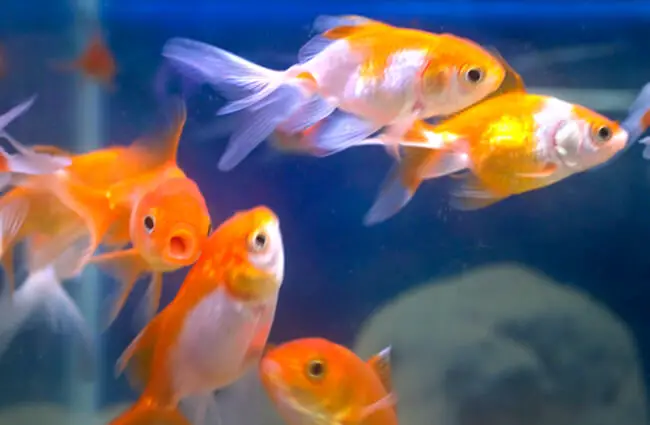



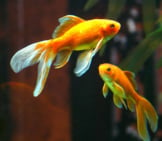
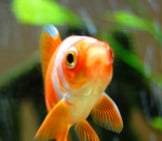
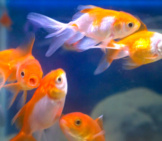


![Red Angus Closeup of a beautiful Red Angus cowPhoto by: U.S. Department of Agriculture [pubic domain]https://creativecommons.org/licenses/by/2.0/](https://animals.net/wp-content/uploads/2020/03/Red-Angus-4-238x178.jpg)












![Red Angus Closeup of a beautiful Red Angus cowPhoto by: U.S. Department of Agriculture [pubic domain]https://creativecommons.org/licenses/by/2.0/](https://animals.net/wp-content/uploads/2020/03/Red-Angus-4-100x75.jpg)

